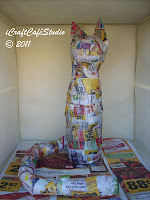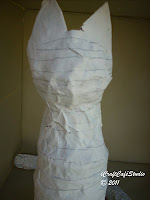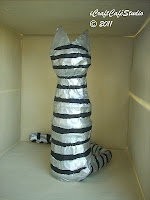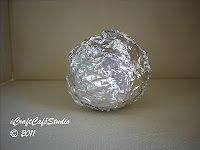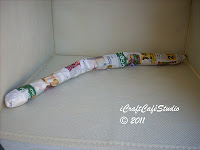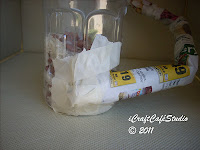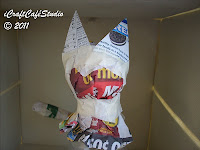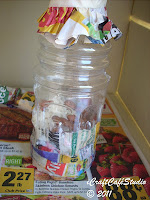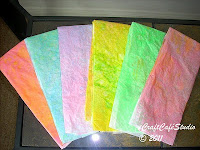This month I chose to share some Christmas cookies . As a mom , I think this is a wonderful thing to do with your children during the holiday season . In fact in my family I made this a tradition since my son was a toddler ....and now that he is much bigger...he still looks forward to make Christmas cookies .....but ..shhhhhhhhhhhh ! Don't tell him I told you =)
Of course you can choose your favorite Christmas cookie recipe , this is one that I like and this is what you will need :
* 4 eggs
* 2 sticks of margarine + 1 tablespoon (or 17 tablespoons)
* 1 cup of sugar
* 3 cups of flour
* 1 teaspoon of baking powder
* a tiny little bit of salt
* 1/2 pack of vanilla sugar
* zest of 1/2 lemon
* 1-2 egg yolk to make the cookies golden
(1) Beat eggs, butter and sugar until you obtain a smooth texture .
(2) Combine flour, baking powder and salt in a bowl . Sift .
(3) Make a whole in the middle of the dry ingredients (flour , baking powder and salt) . Add the liquid ingredients (eggs , butter and sugar mixture) inside the whole , as well as the vanilla sugar and the lemon zest . Mix with your fingers . ( Some kids will love this part ...some will hate it...) Knead it until it becomes smooth and not sticky .
(4) Let the cookie dough rest for at least half an hour in the refrigerator .
(5) Roll the dough and cut it with your child's favorite cookie cutters.
(6) Arrange the cookies on a cookie sheet and brush them with egg yolk .
(7) Bake the cookies in the middle of the oven until they become light yellow . It takes about 10 - 15 minutes in an oven at 350 F . (This should be a job for a grown up !)
(8) Let the cookies cool off .
(9) Mix some powder sugar with some lemon juice to make some icing (or use your own favorite icing .) Brush the cookies with the icing and add your favorite decoration before it dries !
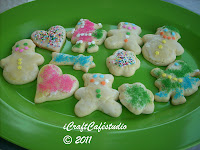
Enjoy =o)

